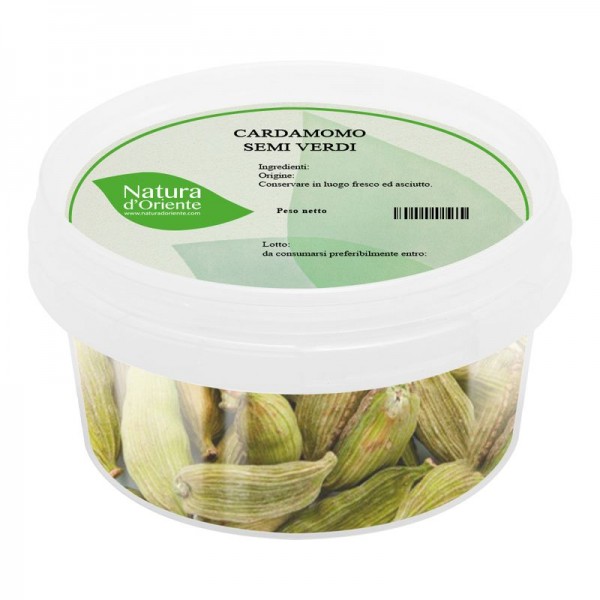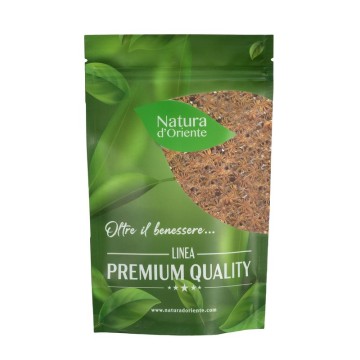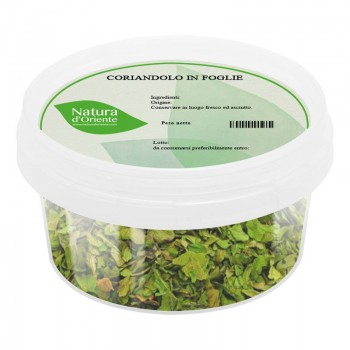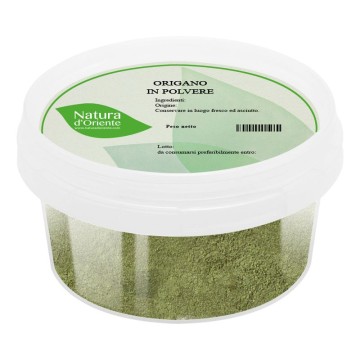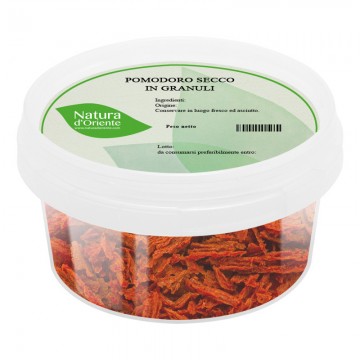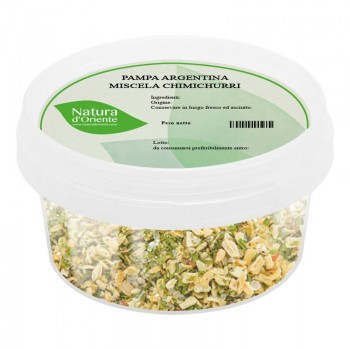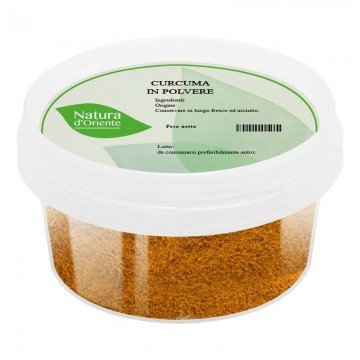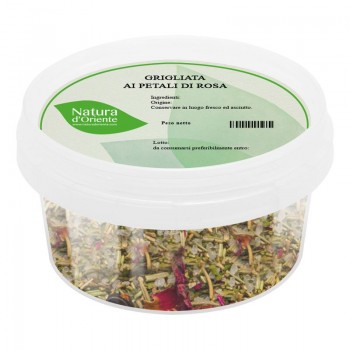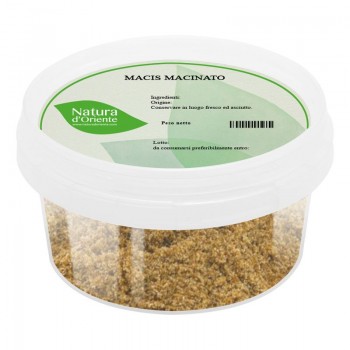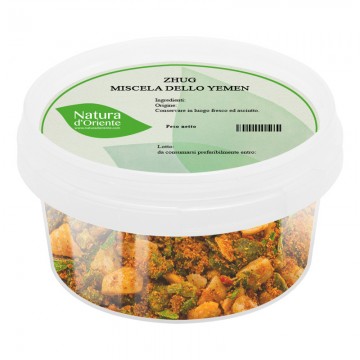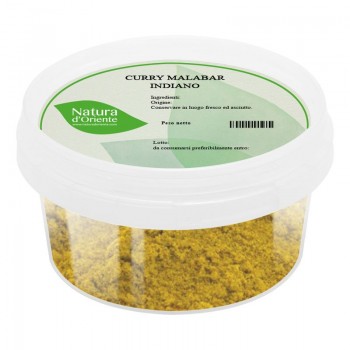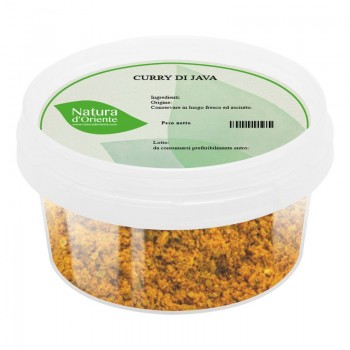One of the spices widely used in various cuisines of the world, green cardamom adds an exotic aroma and flavor to our dishes. Its scent is sweet, with hints reminiscent of mint and citrus fruits, fresh and balsamic, sometimes compared to eucalyptus. It comes from the oval pods of the cardamom plant (also called green or true cardamom). The green pods contain the small seeds that contain the aromas of the essential oil: the source of the warm, spicy and slightly floral flavor, loved in both sweet and savory recipes. This version of the seeds in whole cardamom pods is ideal for those who want to infuse an intense flavor into dishes, especially sautéed in oil.
Green cardamom seeds: properties and benefits
The healthiest aspect of cardamom is its content of natural compounds with antioxidant properties useful for our well-being.
This spice is known for its digestive action, useful in case of stomach pain and abdominal swelling. It stimulates digestive function, to regulate gastrointestinal motility correctly and promote the elimination of excess gas in the stomach and intestines.
Its carminative and stomachic properties help to relieve gastrointestinal disorders such as acidity, flatulence and stomach cramps. Traditionally cardamom has been used as a remedy for nausea, to counteract it after a difficult meal or during pregnancy.
Always after meals, the use of cardamom to treat bad breath and freshen the gums is ancient. A cardamom herbal tea is useful in case of colds or coughs, to help the fluidity of bronchial secretions. These qualities are beneficial in case of sore throat and airway disorders, to soothe irritations of the oral cavity. The infusion of cardamom in boiling water can also be an option for morning gargles for the well-being of the throat.
Cardamom is also considered for its diuretic capacity, which counteracts water retention and can help regulate the blood pressure. In aromatherapy, cardamom essential oil is used to manage stress and relax, as its aroma seems to provide calming stimuli.
The antioxidant compounds in cardamom can help protect cells from damage and slow the aging process. For this reason, the spice is traditionally considered beneficial for the beauty of the skin. Black cardamom infusion was used as a drink that provides useful nutrients, due to the presence of vitamin C and minerals such as magnesium and potassium. In addition, you can use cardamom applied directly to the skin to deeply cleanse and purify it. Beauty masks are created with ground cardamom and honey, to treat irritated skin, or in combination with other spices for a scrub with an astringent effect.
On a nutritional level, cardamom can be a source of minerals (including iron, magnesium, selenium) and nutrients such as potassium, pyridoxine, vitamin B and vitamin C. It is a source of phenolic acids and contains compounds such as terpenes, which give the plant a particular fragrance (myrcene, limonene, cineole, menthone).
Using green cardamom seeds in cooking
For gastronomic use, cardamom can be used in whole pods, with the seeds still protected by the shell, often as an aromatic agent to be removed at the end of cooking. Alternatively, grind the ground seeds into a powder using a mortar or coffee grinder to crush them and spread their aroma. It is best to use chopped cardamom only when preparing the recipe, given that the aromatic power of the spice, contained in the dark seeds protected by the shell, is very volatile and quickly disperses in the environment upon contact with the air.
In Indian and Middle Eastern cuisine it is used to spice sweet or savory dishes, and is also widespread in Northern Europe. Appreciated for its sweetish to spicy flavour, floral with a minty tone, it is also used in drinks.
Savory recipes: the seeds perform well during cooking and are used as a flavoring spice for hot and spicy dishes. In the Arab Bedouin and Indian Mughal traditions, it is used to flavor single rice dishes such as mansaf and biryani. The addition of sweetish green cardamom enhances the profile of cereals, rice and pasta dishes, and the cooking of legumes. It is used in stewed meat recipes and meatloaves. Excellent in soups and stews.
In many cuisines, cardamom flavors baked goods such as bread and rolls, focaccias, crackers. Also used in felafel and with hummus, it adds flavor to cheeses and sauces.
It can be used when cooking vegetables or legumes to avoid the formation of intestinal gas, inserting 3-4 cardamom seeds whenlegumes or vegetables such as cabbage and broccoli are boiled. It does not alter the flavor of foods.
Sweets: Cardamom is used particularly in pastry making, due to its sweet and pungent flavor at the same time. It gives an unmistakable flavor to biscuits, custards, spiced cakes, fruit cakes, exquisite in creme brûlées and in combination with chocolate. Used in Middle Eastern desserts, it adapts well to dried fruit, tropical fruit salads, as a condiment for ice creams, jellies and spoon desserts.
Cardamom infusion: the intake of cardamom seeds is beneficial half an hour after meals, and can be obtained by inserting a few seeds (1-1.5 grams per day) in a cup of boiling water (about 100°C).
Mixtures: Added whole or chopped, it is one of the ingredients of curry, garam masala and baharat, and is also part of the mixture for masala chai. It is among the autumn spices for sweet recipes together with cinnamon, nutmeg and cloves.
Drinks: cardamom is used to flavor tea, milk, mulled wine and cider, coffee and hot chocolate. In the Middle East it becomes a special addition to create aromatic drinks such as black tea and Arabic coffee. It is added to milk in the Indian recipe for masala chai (spiced black tea) and in glogg, the Scandinavian spiced hot wine; cardamom is also used in the preparation of Belgian Trappist beer. Cardamom powder can also be used
SQUID CUTS ON PINEAPPLE AND CARDAMOM CHUTNEY
Ingredients: 1 knob of butter - 400 g Pineapple - 400 g Cleaned squid - 1 Shallot - Sultanas 20 g - 10 g Sugar - ½ stick of Cinnamon - 1 Cardamom pod - 10 Walnuts - 2 Non-alcoholic bitters - 1 Apple - Extra virgin olive oil to taste - Salt to taste Preparation Prepare the chutney sauce: brown the apple, diced pineapple and chopped shallot in a pan with a knob of butter, without letting it brown. Combine the spices: cardamom, raisins, cinnamon stick and sugar. When the sugar melts, pour in the bitters. Cover with a lid and let everything reduce for 30 minutes. In the meantime, cut the squid into a square shape, turn them from the inside and cut them into a grid; sear them in a pan with oil, on the side with the incisions. Add the salt and turn them over, waiting for them to curl. Remove them from the heat.
Place the chutney sauce at the base of a plate, then place the chopped walnuts and the roasted squid; to finish, garnish with the cinnamon stick. Serve the dish while still hot: the squid curls on pineapple and cardamom chutney are ready.
Origins and history of cultivation
Green cardamom (or true cardamom) is a spice that derives from the Elettaria Cardamomum plant, which belongs to the Zingiberaceae family - the same as ginger. This spice is native to the Indian subcontinent, and the Elettaria tree has been cultivated for centuries in tropical areas including India and Malaysia. Today, it has also spread to Costa Rica and Guatemala as it represents one of the most expensive and prized spices. Cardamom is obtained from the small green fruit or pod with small dark seeds inside. The best cardamom pods show a bright green skin, a sign of freshness and good preservation; on the contrary, pods with a color that turns beige are more mature or poorly preserved.
Since they quickly lose their aroma, the most used form of green cardamom is the dried pod. Sometimes the pods are added whole to dishes, other times the seeds are removed from the capsule to be ground on the spot or toasted (in the oven or in a pan).
Historically, cardamom has been used in Ayurvedic and Chinese medicine for centuries, known locally as “elaichi”. It has been used as a natural remedy for digestive problems for thousands of years. In ancient traditional Arab and Indian medicines, in fact, cardamom seeds were chewed to purify the breath, and it was used in cooking to facilitate the digestion of fatty foods and dairy products. Furthermore, it was boiled in hot drinks during the cold season to treat respiratory diseases. It arrived in the West in the 4th century. B.C. when they started importing it at very high costs. In ancient Rome it was used in cooking and for its digestive properties, as well as as a perfume. In the Middle East and then also in Europe, the legend spread that it was an aphrodisiac spice. Like other spices it was used for the preservation of the deceased in embalming.
Cardamom was introduced to Guatemala by European coffee planters, and today it represents a crop that satisfies much of the world's needs.

